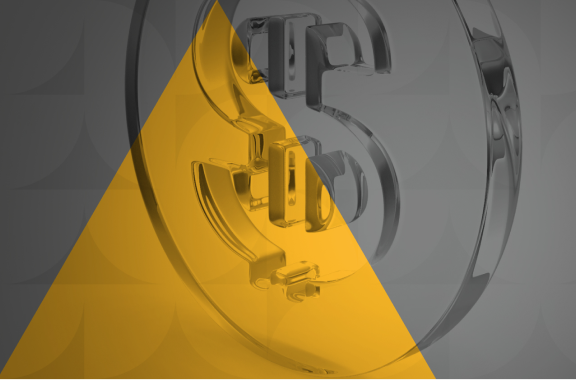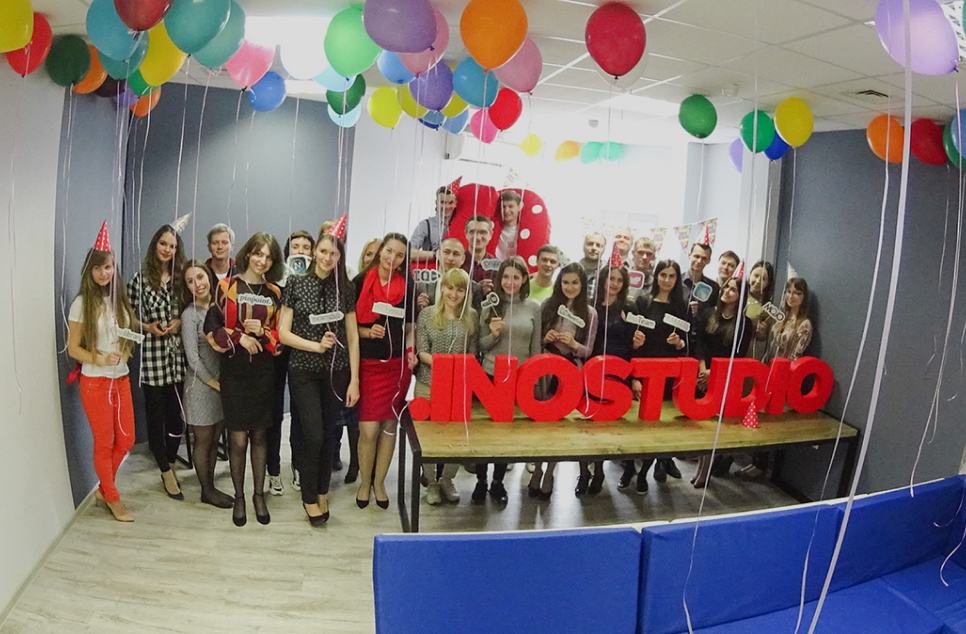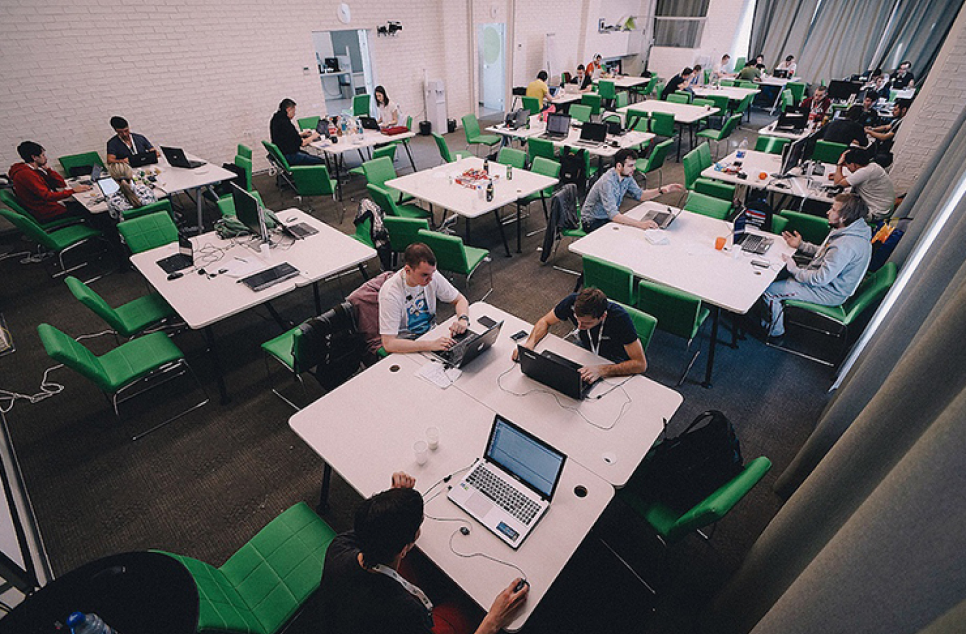
We continue answering the most popular questions coming from our customers. Here we are honestly opening up something others are trying to hide. How much does it cost to develop a mobile app, a website or a service, and why?
Why cannot a sales manager immediately answer the question of how much the development costs?
Estimating the cost of implementing your idea is not an easy task. Sales team members only collect some initial data and your wishes.
Their purpose is to help you define the tasks to be solved by the project. We do not make projects just for the sake of making projects. We are on the same page with you, so we pedal your interests in everything and do our best to make the software solution really practical and useful. We share our expertise and offer the most efficient solution to the task.
In addition to the project tasks, sales managers collect all the requirements for the functionality and design of the project. Based on experience, a sales account manager can roughly estimate the cost, but the price range (from minimum to maximum) can be quite wide.
Estimating and calculating the cost of the project is the responsibility of the business analyst together with the team who are to work with the project in the future. They calculate the labor costs for the development, taking into account your wishes. The required number of hours depends both on the selected technology and your functional wishes. When compiling an assessment, the business analyst looks at the best solutions in your industry, analyzes competition and makes recommendations for the project so that it could help to achieve your goals.
As a result, the business analyst provides the estimated price and duration of the project. Without a technical specification at the pre-sale stage, it is impossible to give an accurate estimate, so these figures are also rough. Usually it is the technical specification that outlines absolutely all requirements for the project.
Why this price?
In the article on commercial terms we mentioned what makes up the cost of the project. Now we will explain it in more detail.
Whether it’s an online business card, a complex SaaS system or a mobile application - any of these mean large-scale work of the team that creates your project, while providing anexcellent service.
Have you ever wondered what a project team looks like? The team’s work begins even before the official start of the project, at the stage of clarifying the requirements and signing the contract, when an account manager and a business analyst try to look into your business as deeply as possible and understand the tasks that you set for the future product. After signing the contract, there starts a long and exciting process, from making technical specifications and design concepts to the product launch.
Stage 1. Technical Specification and Design Concept
If you have no technical specification, we would strongly recommend to start working on it, since only after having collected all the requirements, we can share your vision of the product, thereby eliminating the chances of misunderstanding further on.
Also, the first stage of work includes creating a design concept, preparing prototypes, and working out a mood board. This is not yet a finished design, say, it is a “frame” which our designers will rely on at the stage of detailed elaboration of layouts.
At this stage, you and our team together set the right direction where to go. It is very important to work out everything as thoroughly as possible. All future changes might come out expensive in terms of time and budget. As soon as you get this job done, you will have the fully developed concept of your project at hand, so that you can work on it further either with us or with any other company.
Team members: a project manager, a tech writer, a designer, a technical leader.
Stage 2. Design
The next step is design development. Our UI / UX -professionals work out the layouts of all screens as well as the interaction between them in every detail. After that we prepare a clickable prototype of a future software solution. This stage results in visualizing the product in action, and here you can understand how convenient certain solutions might be for the user. Here it also possible to make some adjustments before the design gets implemented.
Team: a project manager, a designer, a technical leader.
Stage 3. Development
After the approval of the design, our developers start working, and here begins the largest stage of work. All work is divided into sprints, and after each one, you can see results showing the development progress.
If this is a web project, the design is passed on to layout designers. Their main task is to translate the layouts into computer-friendly code so that it can be correctly displayed on devices with different screen resolutions, operating systems and in all current browsers.
Then the developers begin to work on the functionality of the system and to introduce a pre-prepared layout. They also develop the necessary modules of the system and provide integration with third-party services if necessary.
The quality of the developed product depends on QA specialists as they monitor compliance with the requirements of both technical specifications and developed design.
Clients often ask why QAs are needed, they might even wonder if the developers are so unprofessional that they write code with errors... No, this is not so. This is just because of the right and proper approach to the development process. Even world-famous corporations have hundreds of QA specialists, because you always need a “fresh look” at the system and someone able to detect bottlenecks before the user gets stuck in them.
The project manager organizes the work of the team, distributes tasks, monitors their quality performance, and regularly holds Skype calls and meetings with the client in order to “touch base,” demonstrate progress and clarify the details.
The account manager monitors the budget throughout the project, becomes your representative in the team and monitors the balance between your interests and the interests of the company.
After the product is developed, tested and ready for release, it is deployed to the production server or published to App Store and Google Play. We give all the necessary recommendations for the release of the product, buying a hosting, domain, etc.
We are confident in the quality of our solutions, therefore we give a 6-month warranty.
Team: a layout designer, a developer, a QA (tester), a system administrator, a designer, a project manager, an account manager.
Stage 4. Product Support
Any product must be supported. When buying a car, you understand that it will have to be serviced regularly if you intensely use it. Likewise, a software product requires improvements on regular basis. You can make some changes to the design and processes, add useful functionality or refine the current one, based on user feedback. We don’t leave you after we complete the main project work and are ready to take an active part in improving it in order to more effectively solve your business tasks. We are keen on your success and are happy to be part of the team that makes the world a better place.
As you can understand from the above, the work carried out is large-scale and profound that is why it requires a lot of effort and time.
Related costs
Each person creating a project is a specialist in their field, who guarantees high quality. The work of each team member must be paid. The remuneration fund for the team makes up the bulk of the project cost.
Next, we add administrative expenses. Our employees are continually trained and certified, confirming their competence. We try to keep up with the most popular and effective technologies in order to create efficient digital solutions for your tasks. Therefore, this kind of expenses is especially important for us.
We buy new hardware and software on regular basis. Buying new equipment allows for testing your projects on all kind of devices, including the latest ones. So you can be sure that your system will work and be adequately displayed on any devices of your users.
We are not a group of freelancers, we work in an office, and we do our best to make our employees feel comfortable. The result of the project depends on their comfort and morale, therefore we invest in corporate culture and maintain the office at the proper level.
However, we have to include risks in the payment of our services. Unfortunately, some clients sometimes fail to pay on time, and the company incurs losses.
Profit also makes a separate pricing article. We honestly add 20% to the project cost.
Why does it cost so much? It’s ages since everything was written, don’t you just make things from finished blocks?
We do not use template solutions. We believe that the future lies with custom solutions. Now that the business is moving into the Web, saving on software is not only highly undesirable and unacceptable, it is just impossible.
In addition, work on each project begins with analytics of the software solution, not with development, and this is one of the main advantages of agencies.
We analyze the market and your competitors. Based on the data received, we form our ideas and suggestions about the functionality of the product.
Just selling our services thoughtlessly is NOT our goal. We’ve even happened to dissuade a client from a solution, a more profitable one for us, just because it was irrational for them and wouldn’t meet the client’s goals.
Another company has priced this project several times cheaper!
The price range in the IT market is quite wide. We often see our counterparts pricing their work even lower than the output cost of such a product. Unfortunately, choosing a cheaper solution, you are likely to sacrifice the quality and appearance of your project. There is no guarantee that such a solution will last and will be displayed correctly on all devices.
It is crucial to understand that a modern website is not just an opportunity to brag to a competitor, it is a very important sales and marketing tool.
And if we are talking about highly loaded internal systems, trusting unreliable developers can cost you the loss of all data or information leakage.
So the issue of price directly correlates with quality. We have repeatedly faced it when our potential clients turned to unscrupulous contractors with lower prices, and then returned to us with the request to improve or complete the project being in a terrible state. Sometimes the quality of the source code of our “counterparts” was just unacceptable and it was easier to start the project anew rather than fix current bugs.
In the end, such clients spent even more, as they paid not only for our work, but also for the so-called “work” of another company.







